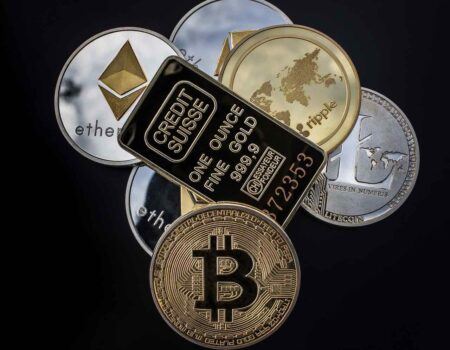The frosty and (some have speculated) internationally coordinated response from central bankers to Facebook’s Libra was received with little surprise by crypto entrepreneurs and investors.
Officials from across the G7 economies were keen to stress not only the regulatory hurdles Libra would need to clear before it got the green light, but also their ongoing commitment to the tacit proposition that there must remain a legal and technical firewall between fiat and cryptocurrencies.
Steve Mnuchin, U.S .Treasury Secretary, was at pains to emphasize that Facebook’s proposed coin is “a very long way” from being approved by U.S. regulators, and the Governor of the Bank of England, Mark Carney, has been quoted expressing similar sentiments that Libra must be “rock solid” well before it’s launch.
However, it is French Finance Minister, Bruno La Maire, who has been most explicit in a recent interview with the Italian newspaper Corriere della Sera where he stated that, “the red line for us is the Libra must not transform into a sovereign currency.”
Inside Singapore’s Crypto Laboratory
This context of mistrust and sometimes outright hostility from central bankers towards cryptocurrencies makes two developments in Singapore all the more significant; firstly Project Ubin led by the Monetary Authority of Singapore, and secondly the recent decision to allow five new digital banking licenses.
Project Ubin is a joint venture by the de facto central bank of Singapore and leading global financial institutions including HSBC, JP Morgan and Bank of America Merrill Lynch. In essence, the project seeks to explore the possibility that blockchain distributed ledger technology can be used to make the settlement of inter-bank payment quicker and reduce processing times whilst maintaining high levels of security and data privacy.
So far, the project has begun to demonstrate that a tokenized Singaporean dollar can in fact function as a method of inter-bank settlement for day-to-say business, and work has commenced between the Project Ubin teams and the Bank of Canada on how the system can be scaled to allow for international payments.
Project Ubin stage 2: the industry consortium led by MAS and ABS has released the report and source-codes on distributed ledger prototypes for inter-bank payments. #fintech #SGFinTechFest https://t.co/FKyxVCDtqS pic.twitter.com/hPm057VFwc
— MAS (@MAS_sg) November 14, 2017
One obvious question arises from this: if this system works and could hypothetical be generalized elsewhere, what would this mean for the role of central banks in the future?
One possible answer is also starting to emerge from Singapore, where Ministers have just approved the issuance of banking licenses to up to five new digital banks.
This further enshrines the contestability of the financial sector in Singapore, and provides room for the type of new, innovative entrants likely to take advantage of Singapore’s world-class crypto infrastructure and flexible regulatory environment.
As such, there are signs emerging that the cold war between central bankers and crypto innovators may be starting to pass, and a strategic partnership between the two could be possible in other financial centers like Singapore. For now, one thing is certain: Singapore is, and almost definitely will remain, one of the key centers of crypto and fintech dynamism, due in part at least to the bold actions of the Singapore Monetary Authority.









